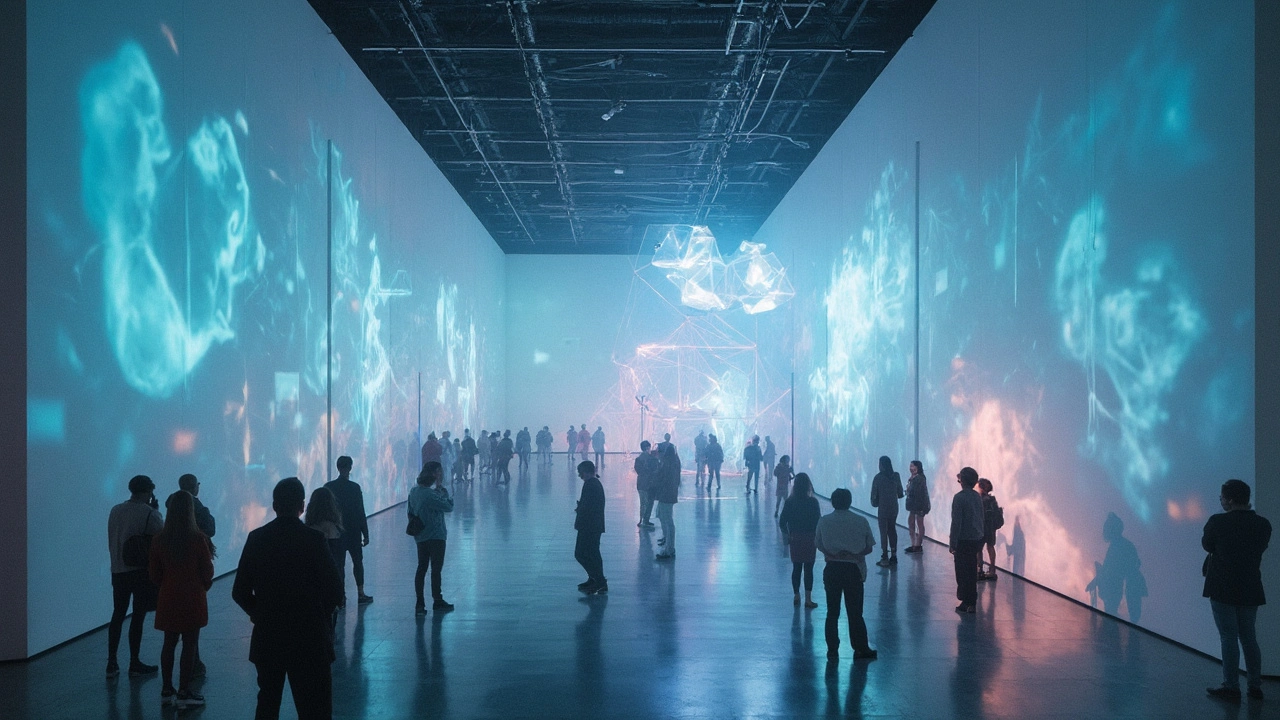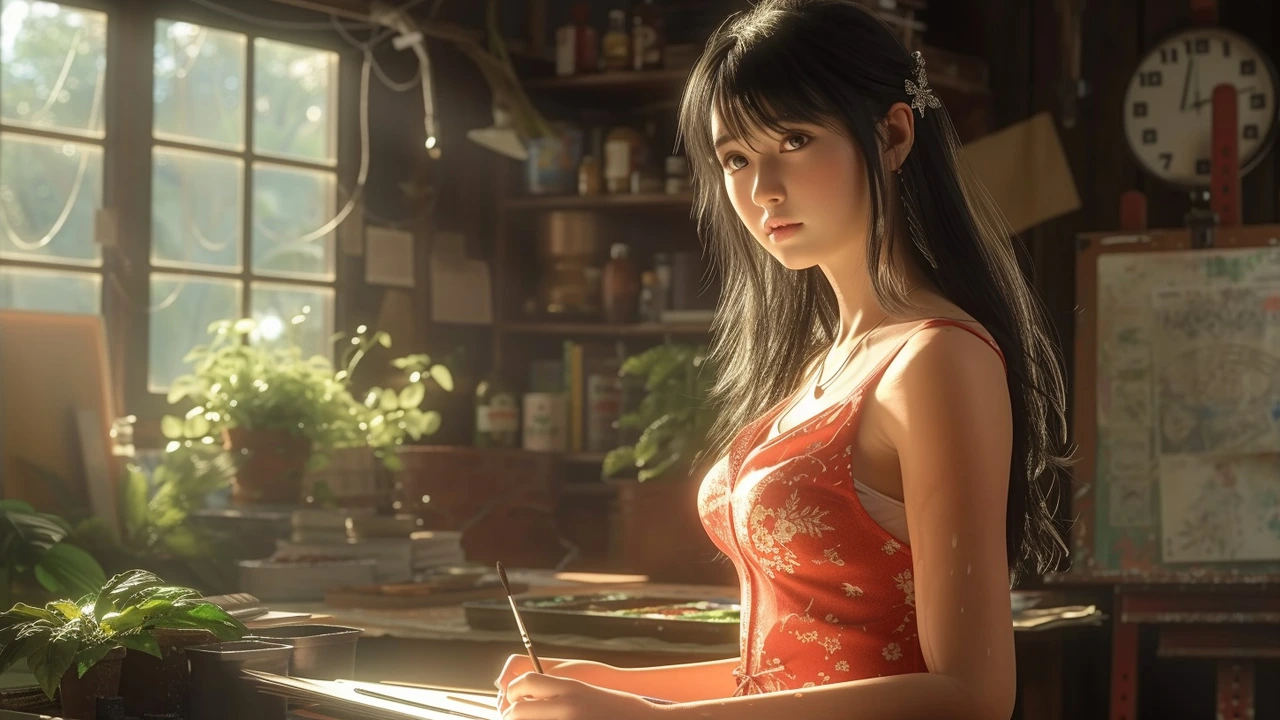Art exploration: Practical ways to learn movements, techniques, and ideas
Want to understand art without getting lost in jargon? This page gives clear, hands-on steps to explore movements, master techniques, and build your own taste. You'll get simple actions you can do today, plus short ideas that lead to lasting progress.
Start with focused study
Pick one movement or style for a week. Read one short article, watch one video, and look at five artworks linked to that movement. For example, study Bauhaus for a week: note simple shapes, functional objects, and how form meets use. Or spend a week on Photorealism and compare photos with paintings to spot technique choices. The goal is pattern spotting, not memorizing names.
Use a three-question checklist when viewing any work: what's happening in the composition, what materials or techniques do you see, and what feeling does it trigger? Write one sentence for each question. That small habit trains your eye and gives quick insight into why a piece works.
Try a hands-on exercise
Copy one small detail from a work you like. Set aside thirty to ninety minutes and recreate a texture, color blend, or brushstroke. You learn more about technique by doing than by reading. If you prefer digital tools, mimic a composition in a simple app to learn balance and rhythm.
Visit a gallery with a clear mission: ask for one curator note, choose one artwork to study for ten minutes, and take one photo or quick sketch. Treat visits like short experiments rather than long tours. You’ll leave with concrete notes instead of vague impressions.
Keep a visual journal. Glue images, jot quick reactions, and name three things you want to try. Over time those paired images and notes build a personal reference you can return to when a new project starts.
Mix styles intentionally. Try making a small work that blends two influences, like Cubist composition with Baroque drama or Fluxus playfulness with installation scale. Mixing forces fresh ideas and helps you understand each style's limits and strengths.
Use targeted resources. Read short essays on movements you see often, follow one artist on social media whose process you admire, and subscribe to a museum newsletter to catch nearby shows. Online articles are great for context; hands-on steps make the ideas stick.
Make micro-goals: one sketch per day, one article per week, one gallery visit per month. Small goals keep momentum without pressure. Track progress in the same visual journal so you can see real growth.
Need a place to start? Try this: pick one movement, copy a small detail, visit a local show this month, and post a photo to your visual journal. Do that weekly and you'll see steady, visible progress in your eye and your work.
Art exploration is a habit, not a test. With focused study, small practical exercises, and a habit of observing with purpose, you’ll build taste and skill faster than you think. Start with one simple step today and keep the practice rolling.


